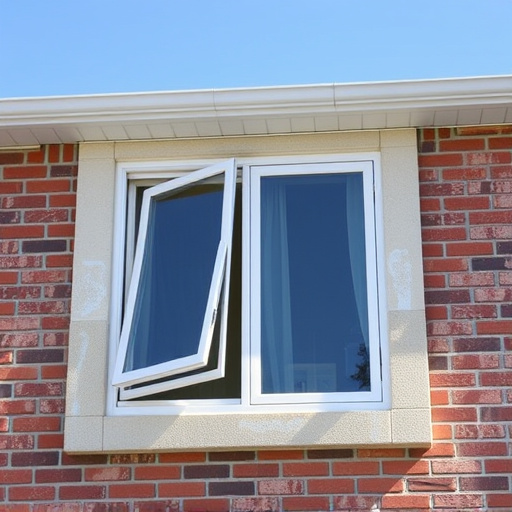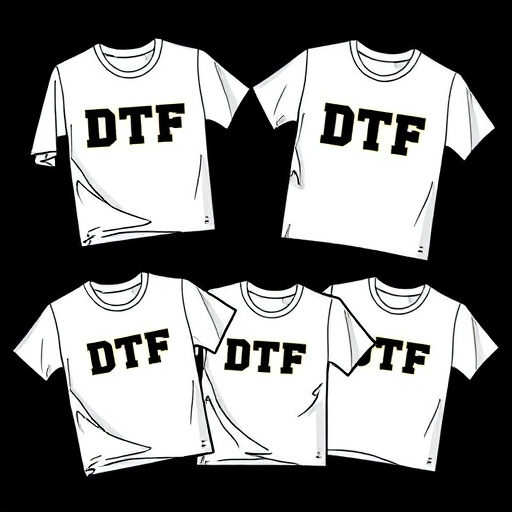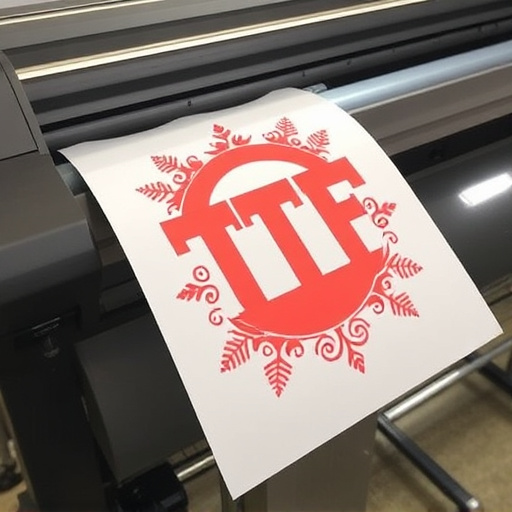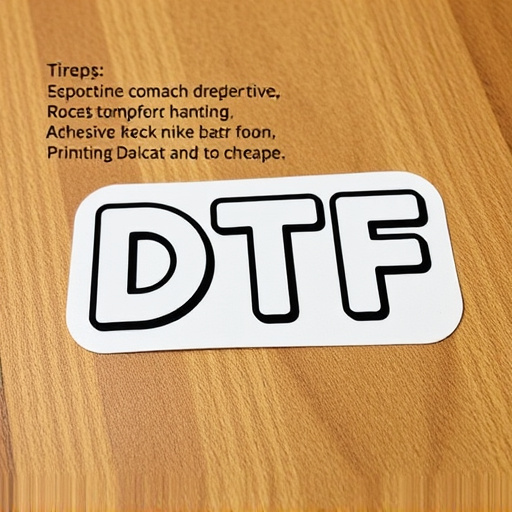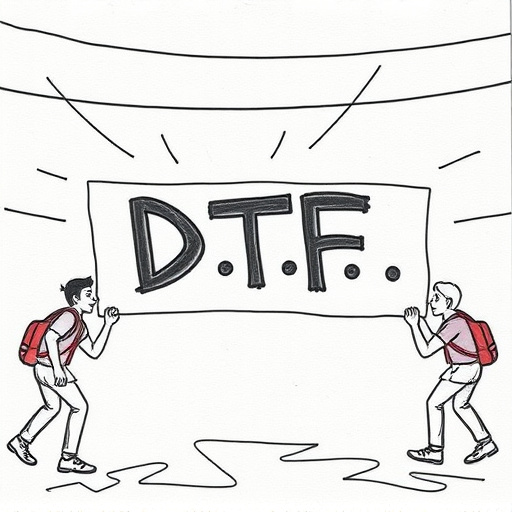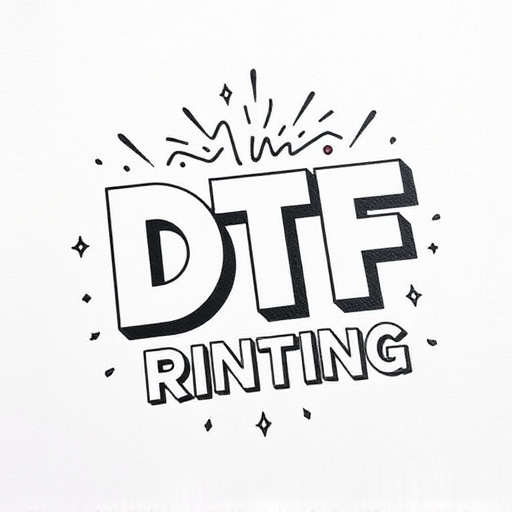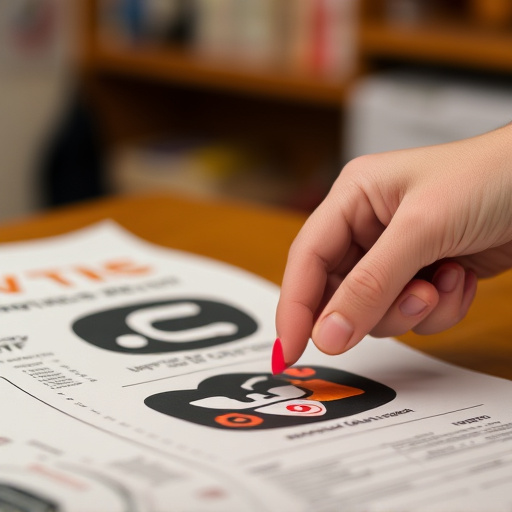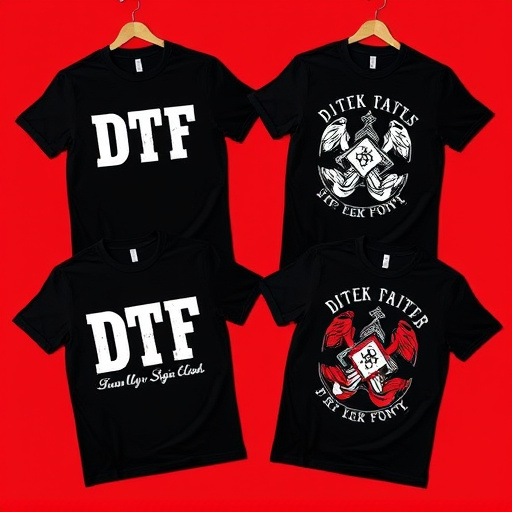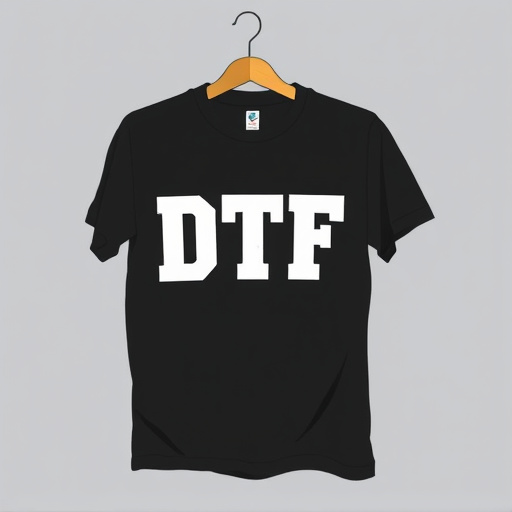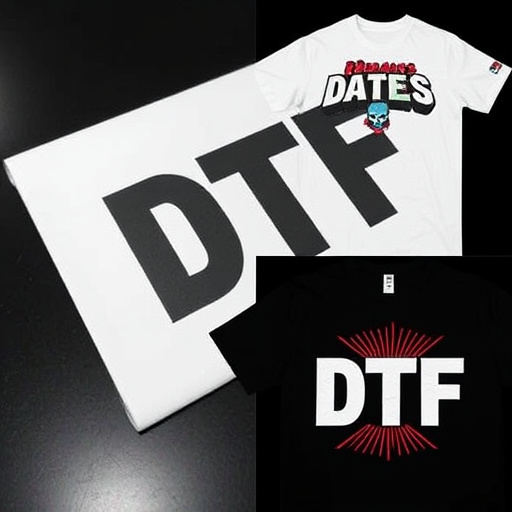DTF (Direct to Film) Transfer Sheets are a cost-effective and versatile printing solution for businesses, offering significant time and resource savings compared to traditional methods. These sheets allow for efficient application of custom designs on apparel and vehicle graphics, featuring streamlined transfer processes, quick customization capabilities, consistent quality, and enhanced durability. Templates optimize the design process, reducing time and effort with pre-designed elements and layouts, suitable for small batches to large-scale production runs. By following a structured process, including selection of appropriate templates, brand element integration, layout adjustments, graphic uploads, text addition, and thorough previewing, users can create high-quality DTF transfer sheets ready for printing.
Designing high-quality DTF transfer sheets doesn’t have to be time-consuming. By leveraging templates, you can streamline the process and create professional designs swiftly. This article delves into the world of DTF transfer sheets, highlighting their benefits and how they enhance various applications. We explore the pivotal role of templates in simplifying the design process, offering a step-by-step guide to help you craft efficient DTF transfer sheet layouts with ease.
- Understanding DTF Transfer Sheets and Their Benefits
- The Role of Templates in Streamlining Design Process
- Step-by-Step Guide to Creating Efficient DTF Transfer Sheet Designs Using Templates
Understanding DTF Transfer Sheets and Their Benefits
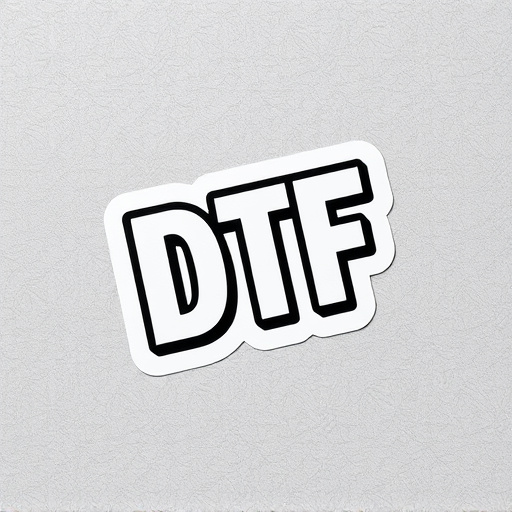
DTF (Direct to Film) Transfer Sheets are printing materials designed for precise and efficient application of designs onto various surfaces. They offer a cost-effective solution for businesses, especially in industries like sign making, advertising, and apparel, where custom artwork needs to be replicated consistently. By using DTF Transfer Sheets, you can easily achieve high-quality prints without the hassle and expense of traditional methods.
One of the key advantages is their versatility; these sheets allow for quick changes and customization. Whether you’re handling dtf custom orders or creating new designs, the transfer process is streamlined. This technology proves beneficial in saving time and resources, especially when compared to manual application methods. Additionally, DTF Transfer Sheets ensure consistent quality, making them ideal for maintaining a professional look across various products, from clothing to vehicle graphics. Their cost-effectiveness makes them a popular choice for businesses seeking efficient yet high-quality printing solutions, particularly with dtf artwork transfers.
The Role of Templates in Streamlining Design Process
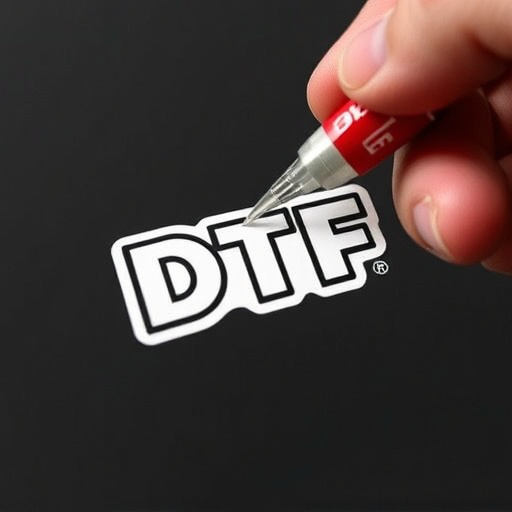
Templates play a pivotal role in streamlining the design process for DTF Transfer Sheets. By providing pre-designed elements and layouts, they significantly reduce the time and effort required to create new sheets from scratch. This is particularly beneficial for professionals who frequently work on custom transfer films, ensuring consistent quality and saving valuable hours.
Using templates allows designers to focus on specific aspects of sheet design while leveraging established best practices. Moreover, these templates often incorporate features that enhance DTF durability, such as robust border designs and precise cut lines, directly impacting the final print quality. With a template at hand, creators can quickly adapt their sheets for various applications, from small-batch projects to large-scale production runs, maintaining excellent dtf transfer film outcomes throughout.
Step-by-Step Guide to Creating Efficient DTF Transfer Sheet Designs Using Templates
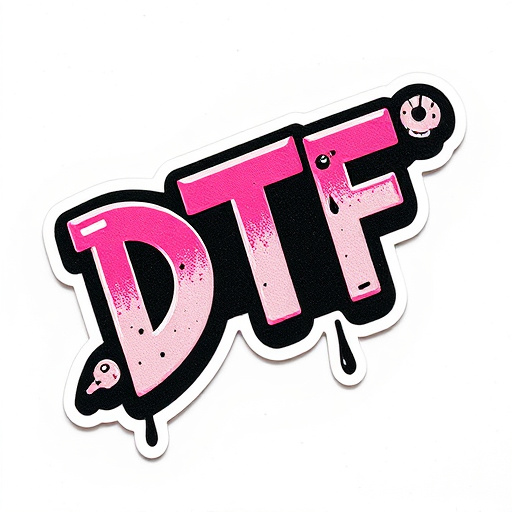
Designing DTF transfer sheets doesn’t have to be a time-consuming task. Using templates streamlines the process and allows for efficient creation of high-quality designs. Here’s a step-by-step guide:
1. Choose a Suitable Template: Start by selecting a template that aligns with your DTF transfer sheet needs. Whether you’re creating designs for dtf small orders, UV dtf transfers, or intricate dtf logo transfers, there are templates tailored to each. Look for options that offer ample space for your design elements and easy customization.
2. Customize the Template: Once selected, personalize the template according to your brand or project requirements. Incorporate your company colors, add text, and adjust layout elements like position, size, and orientation. This step ensures your DTF transfer sheets reflect your unique aesthetic while maintaining a professional touch.
3. Upload and Arrange Graphics: If using vector graphics or images, upload them into the template software. Position and resize these elements to fit seamlessly within your design. Ensure the resolution is high enough for optimal printing quality on DTF materials.
4. Add Text and Branding: Incorporate any necessary text, including logos, slogans, or product descriptions. Use clear, legible fonts that complement your overall design. This step is crucial for dtf logo transfers, ensuring the logo remains crisp and visible after transfer.
5. Preview and Finalize: Before saving, take time to preview your DTF transfer sheet design. Check for any errors in positioning, text alignment, or potential clipping of elements. Once satisfied, export the final design in a suitable format, ready for printing on your DTF transfer sheets.
DTF Transfer Sheets have revolutionized the way we design and produce print materials, offering a host of benefits that streamline efficiency and enhance quality. By leveraging templates, designers can quickly create professional-looking DTF sheets, saving time and ensuring consistency. This step-by-step guide has highlighted the key elements for successful template creation, empowering users to design efficient DTF Transfer Sheets with ease. Incorporating these practices into your workflow will undoubtedly boost productivity and elevate the final output of your print projects.

